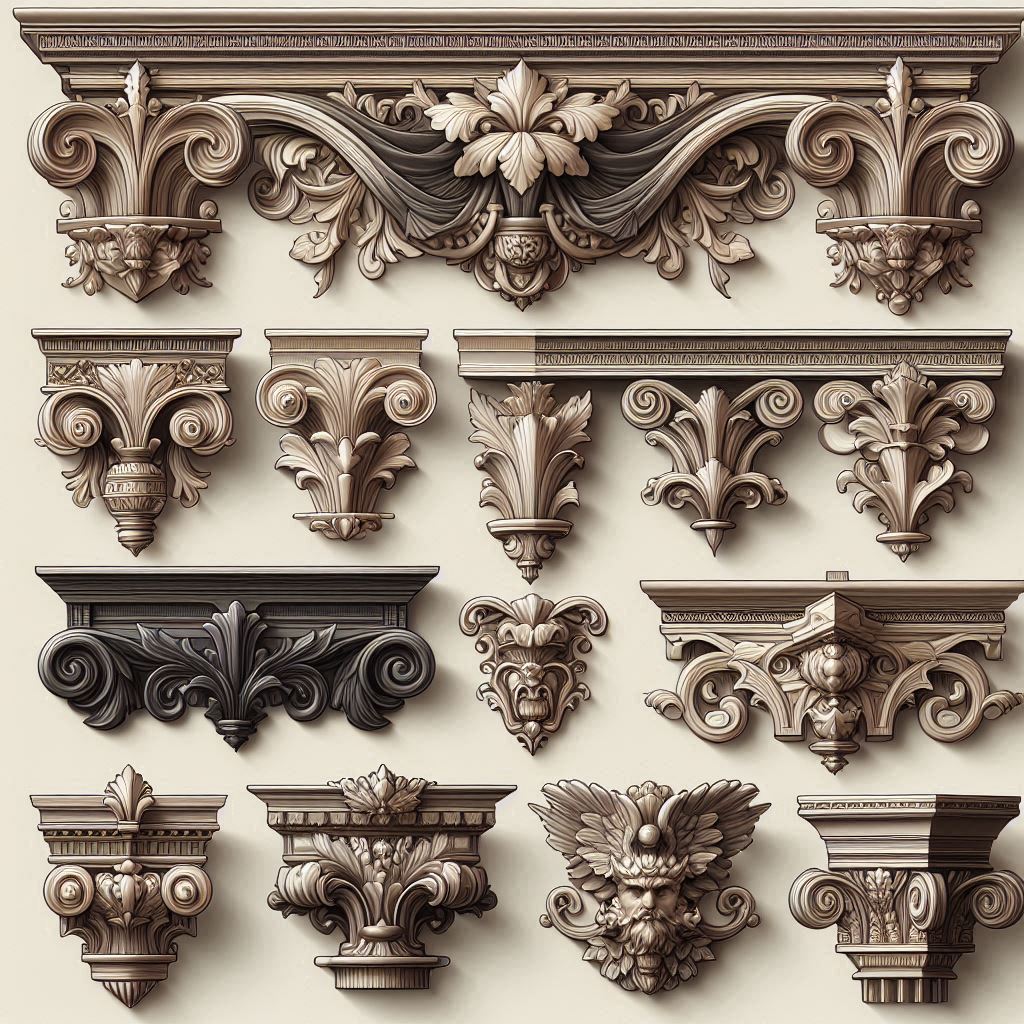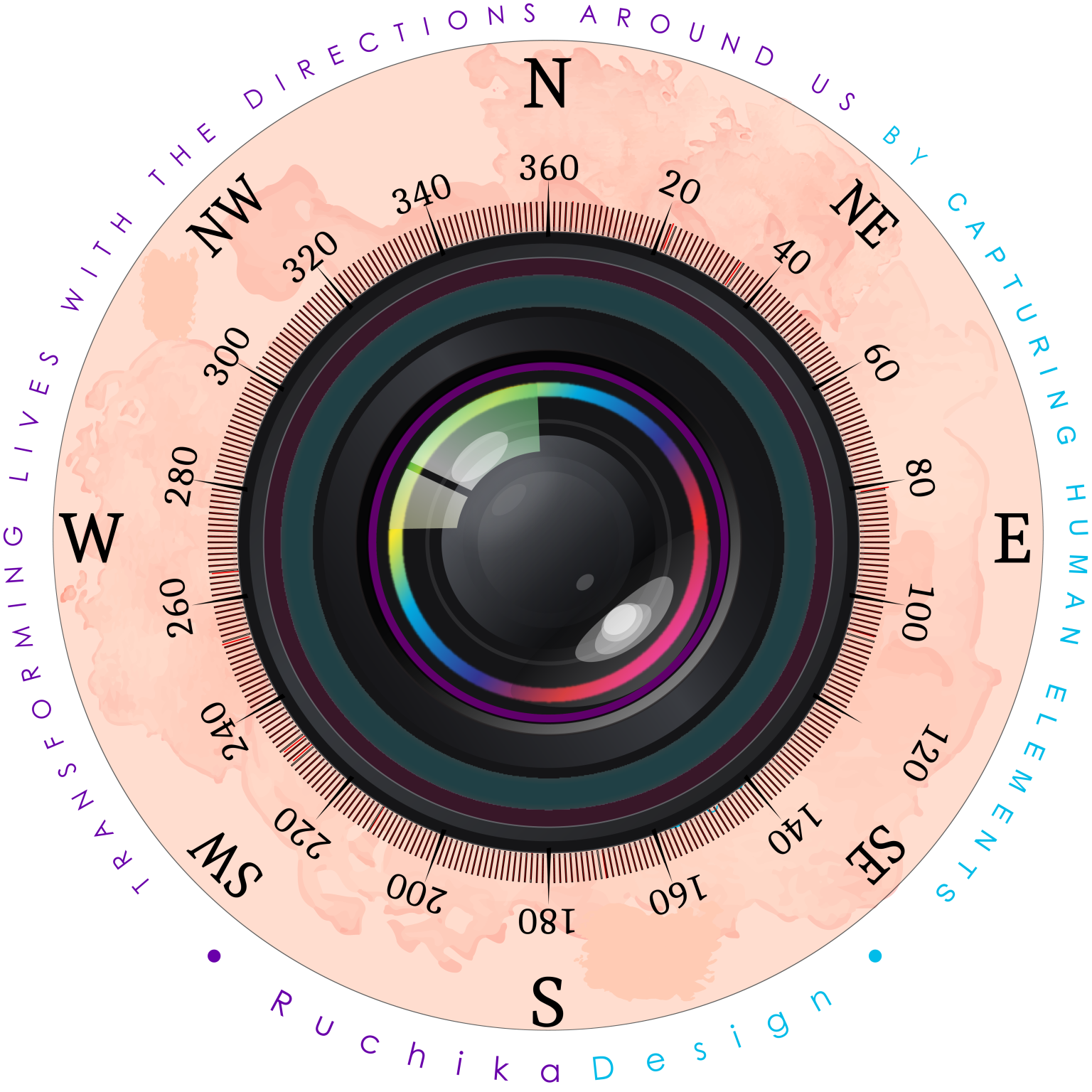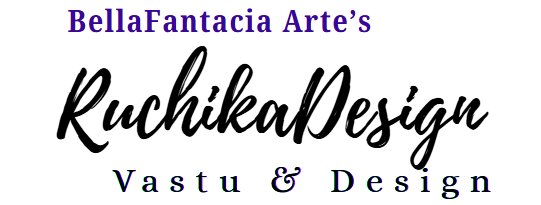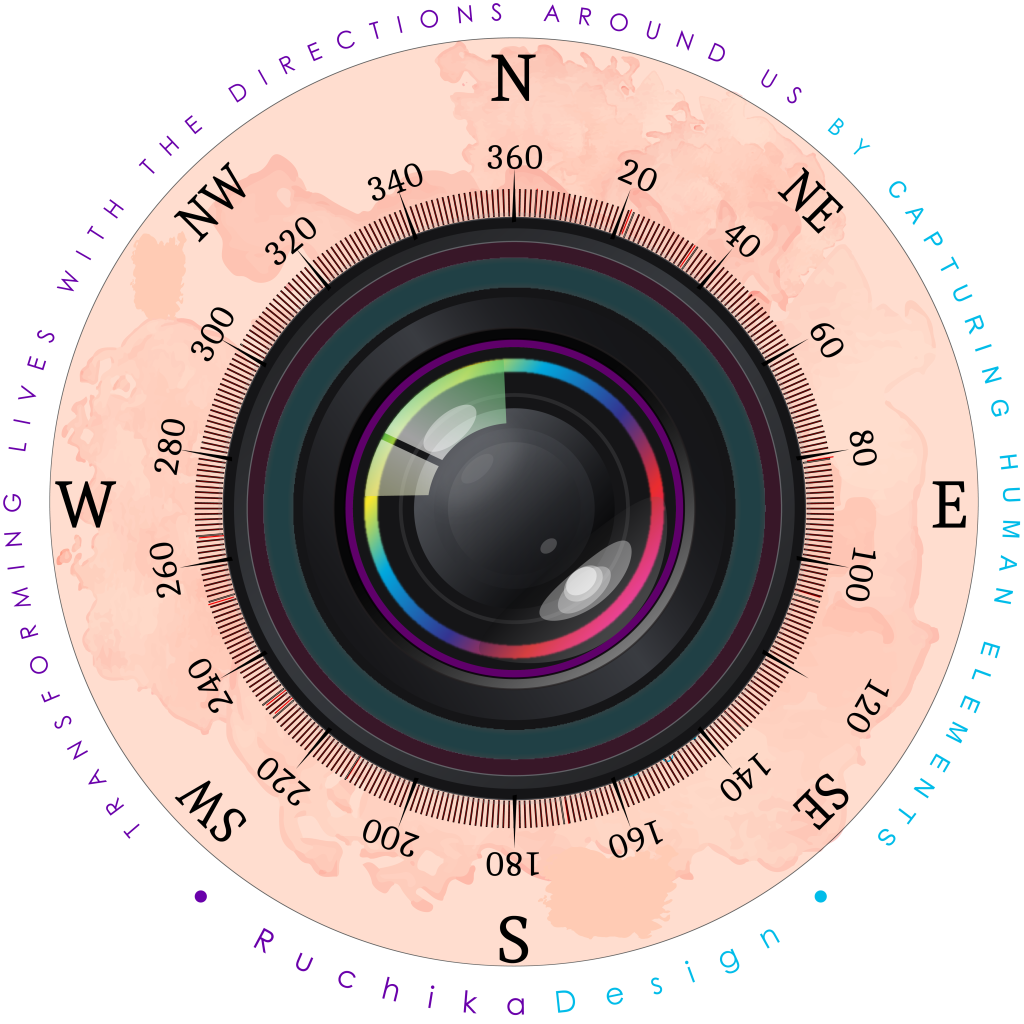
Cornices in Interiors and Vastu: Harmonizing Design and Energy
Post by : Ruchika
Post date : 22/06/2024
Cornices, the elegant moldings that crown a building’s elements such as windows, doors, or walls, play a vital role in both interior design and the ancient practice of Vastu Shastra. Beyond their aesthetic appeal, cornices serve functional purposes and contribute to the energetic harmony of a space. Let’s explore the dual significance of cornices in enhancing interiors and aligning with Vastu principles.
Enhancing Interiors with Cornices
- Aesthetic Appeal:
- Elegance and Character: Cornices add a touch of elegance and sophistication to any room. Their intricate designs and historical charm can transform a plain ceiling into a focal point of architectural beauty.
- Transitional Elements: They provide a smooth transition between walls and ceilings, softening the edges and creating a cohesive look that elevates the overall design.
- Functional Benefits:
- Concealing Imperfections: Cornices can effectively hide the imperfections where walls meet ceilings, such as uneven edges or gaps, ensuring a polished finish.
- Shadow Play: They create interesting shadow lines that enhance the visual depth and texture of a room, adding to the ambiance and mood.
- Versatility in Design:
- Variety of Styles: From classic Victorian to modern minimalist, cornices come in various styles and materials, allowing designers to choose ones that complement the specific aesthetic of a space.
- Customization: They can be customized to fit unique design requirements, offering endless possibilities for personalization and creativity in interior décor.
Cornices in Vastu Shastra
Vastu Shastra, the ancient Indian science of architecture and design, emphasizes harmony between built spaces and natural forces. Cornices, though not explicitly mentioned in traditional Vastu texts, can influence the energy flow and overall Vastu compliance of a building.
- Energy Flow and Balance:
- Guiding Chi: In Vastu, the concept of energy flow (similar to Chi in Feng Shui) is crucial. Cornices can help guide and direct this energy throughout a room, promoting a balanced and harmonious environment.
- Symbolic Protection: Cornices, especially when placed above doors and windows, can act as protective elements, symbolically guarding the entry and exit points of energy within a home.
- Auspicious Design Elements:
- Positive Energy Channels: Properly designed and placed cornices can enhance the flow of positive energy, especially in living areas and bedrooms, creating spaces that support well-being and prosperity.
- Reducing Negative Influences: They can also help mitigate negative influences by channeling away stagnant or obstructed energy, ensuring a smoother distribution of beneficial energy throughout the space.
- Alignment with Natural Elements:
- Earth and Sky Connection: Cornices, representing the meeting point between walls (earth) and ceilings (sky), can symbolize the connection between these elements. This alignment can foster a sense of grounding and elevation, essential for a balanced living environment.
- Harmonizing Proportions: Vastu emphasizes proportionality and symmetry. Cornices contribute to these aspects by creating a visually balanced and proportionate look, enhancing the overall Vastu compliance of a room.
Cornices, with their blend of aesthetic charm and functional benefits, are invaluable in interior design. When integrated with Vastu principles, they do more than beautify a space; they enhance its energetic harmony, promoting well-being and prosperity. Whether you’re designing a modern home or a traditional space, considering the dual significance of cornices can help you create interiors that are not only visually stunning but also energetically balanced.
- Classic Cornice:
- Classic cornices feature intricate moldings, often with decorative motifs like acanthus leaves, scrolls, and dentil patterns.
- They are typically made of wood or plaster and add a sense of elegance and tradition to a room.
- Modern Cornice:
- Modern cornices have clean lines and minimalistic designs.
- Materials like metal, glass, or even concrete are used to create sleek, unobtrusive profiles.
- Modern cornices blend seamlessly with contemporary interiors.
- Art Deco Cornice:
- Art Deco cornices are characterized by geometric shapes, stepped designs, and bold lines.
- They often incorporate metallic finishes, mirrors, or lacquered surfaces.
- Art Deco cornices evoke a sense of glamour and sophistication.
- Rustic Cornice:
- Rustic cornices embrace natural materials like reclaimed wood, stone, or distressed metal.
- They have a weathered, aged appearance and work well in farmhouse or cottage-style interiors.
- Minimalist Cornice:
- Minimalist cornices are simple and understated.
- They may consist of a single flat band or a subtle projection from the wall.
- Crown Molding:
- Crown molding (also known as cornice molding) is a decorative trim that runs along the top edge of walls where they meet the ceiling.
- It adds elegance and visual interest to a room, creating a seamless transition between the wall and ceiling.
- Crown molding can be simple or elaborate, depending on the overall design style.
- Cove Cornice:
- Cove cornice features a concave shape, curving upward from the wall to the ceiling.
- It creates a soft, rounded transition and is often used in spaces with a more subtle design aesthetic.
- Cove cornices are especially popular in contemporary interiors.
- Dentil Cornice:
- Dentil cornices have evenly spaced rectangular blocks (dentils) along the bottom edge.
- These blocks resemble teeth and add a classical, architectural touch.
- Dentil cornices are often seen in traditional or neoclassical designs.
- Egg-and-Dart Cornice:
- Egg-and-dart cornices feature alternating egg-shaped and dart-shaped motifs.
- This pattern repeats along the molding, creating a sense of rhythm and texture.
- It’s a timeless choice for formal spaces.
- Beaded Cornice:
- Beaded cornices have a row of small, rounded beads or pearls along the bottom edge.
- The beads add subtle detail and work well in both classic and transitional interiors.
Cornices in Interiors and Vastu: Harmonizing Design and Energy
Post by : Ruchika
Post date : 22/06/2024
Cornices, the elegant moldings that crown a building’s elements such as windows, doors, or walls, play a vital role in both interior design and the ancient practice of Vastu Shastra. Beyond their aesthetic appeal, cornices serve functional purposes and contribute to the energetic harmony of a space. Let’s explore the dual significance of cornices in enhancing interiors and aligning with Vastu principles.
Enhancing Interiors with Cornices
- Aesthetic Appeal:
- Elegance and Character: Cornices add a touch of elegance and sophistication to any room. Their intricate designs and historical charm can transform a plain ceiling into a focal point of architectural beauty.
- Transitional Elements: They provide a smooth transition between walls and ceilings, softening the edges and creating a cohesive look that elevates the overall design.
- Functional Benefits:
- Concealing Imperfections: Cornices can effectively hide the imperfections where walls meet ceilings, such as uneven edges or gaps, ensuring a polished finish.
- Shadow Play: They create interesting shadow lines that enhance the visual depth and texture of a room, adding to the ambiance and mood.
- Versatility in Design:
- Variety of Styles: From classic Victorian to modern minimalist, cornices come in various styles and materials, allowing designers to choose ones that complement the specific aesthetic of a space.
- Customization: They can be customized to fit unique design requirements, offering endless possibilities for personalization and creativity in interior décor.
Cornices in Vastu Shastra
Vastu Shastra, the ancient Indian science of architecture and design, emphasizes harmony between built spaces and natural forces. Cornices, though not explicitly mentioned in traditional Vastu texts, can influence the energy flow and overall Vastu compliance of a building.
- Energy Flow and Balance:
- Guiding Chi: In Vastu, the concept of energy flow (similar to Chi in Feng Shui) is crucial. Cornices can help guide and direct this energy throughout a room, promoting a balanced and harmonious environment.
- Symbolic Protection: Cornices, especially when placed above doors and windows, can act as protective elements, symbolically guarding the entry and exit points of energy within a home.
- Auspicious Design Elements:
- Positive Energy Channels: Properly designed and placed cornices can enhance the flow of positive energy, especially in living areas and bedrooms, creating spaces that support well-being and prosperity.
- Reducing Negative Influences: They can also help mitigate negative influences by channeling away stagnant or obstructed energy, ensuring a smoother distribution of beneficial energy throughout the space.
- Alignment with Natural Elements:
- Earth and Sky Connection: Cornices, representing the meeting point between walls (earth) and ceilings (sky), can symbolize the connection between these elements. This alignment can foster a sense of grounding and elevation, essential for a balanced living environment.
- Harmonizing Proportions: Vastu emphasizes proportionality and symmetry. Cornices contribute to these aspects by creating a visually balanced and proportionate look, enhancing the overall Vastu compliance of a room.
Cornices, with their blend of aesthetic charm and functional benefits, are invaluable in interior design. When integrated with Vastu principles, they do more than beautify a space; they enhance its energetic harmony, promoting well-being and prosperity. Whether you’re designing a modern home or a traditional space, considering the dual significance of cornices can help you create interiors that are not only visually stunning but also energetically balanced.
- Classic Cornice:
- Classic cornices feature intricate moldings, often with decorative motifs like acanthus leaves, scrolls, and dentil patterns.
- They are typically made of wood or plaster and add a sense of elegance and tradition to a room.
- Modern Cornice:
- Modern cornices have clean lines and minimalistic designs.
- Materials like metal, glass, or even concrete are used to create sleek, unobtrusive profiles.
- Modern cornices blend seamlessly with contemporary interiors.
- Art Deco Cornice:
- Art Deco cornices are characterized by geometric shapes, stepped designs, and bold lines.
- They often incorporate metallic finishes, mirrors, or lacquered surfaces.
- Art Deco cornices evoke a sense of glamour and sophistication.
- Rustic Cornice:
- Rustic cornices embrace natural materials like reclaimed wood, stone, or distressed metal.
- They have a weathered, aged appearance and work well in farmhouse or cottage-style interiors.
- Minimalist Cornice:
- Minimalist cornices are simple and understated.
- They may consist of a single flat band or a subtle projection from the wall.
- Crown Molding:
- Crown molding (also known as cornice molding) is a decorative trim that runs along the top edge of walls where they meet the ceiling.
- It adds elegance and visual interest to a room, creating a seamless transition between the wall and ceiling.
- Crown molding can be simple or elaborate, depending on the overall design style.
- Cove Cornice:
- Cove cornice features a concave shape, curving upward from the wall to the ceiling.
- It creates a soft, rounded transition and is often used in spaces with a more subtle design aesthetic.
- Cove cornices are especially popular in contemporary interiors.
- Dentil Cornice:
- Dentil cornices have evenly spaced rectangular blocks (dentils) along the bottom edge.
- These blocks resemble teeth and add a classical, architectural touch.
- Dentil cornices are often seen in traditional or neoclassical designs.
- Egg-and-Dart Cornice:
- Egg-and-dart cornices feature alternating egg-shaped and dart-shaped motifs.
- This pattern repeats along the molding, creating a sense of rhythm and texture.
- It’s a timeless choice for formal spaces.
- Beaded Cornice:
- Beaded cornices have a row of small, rounded beads or pearls along the bottom edge.
- The beads add subtle detail and work well in both classic and transitional interiors.



